
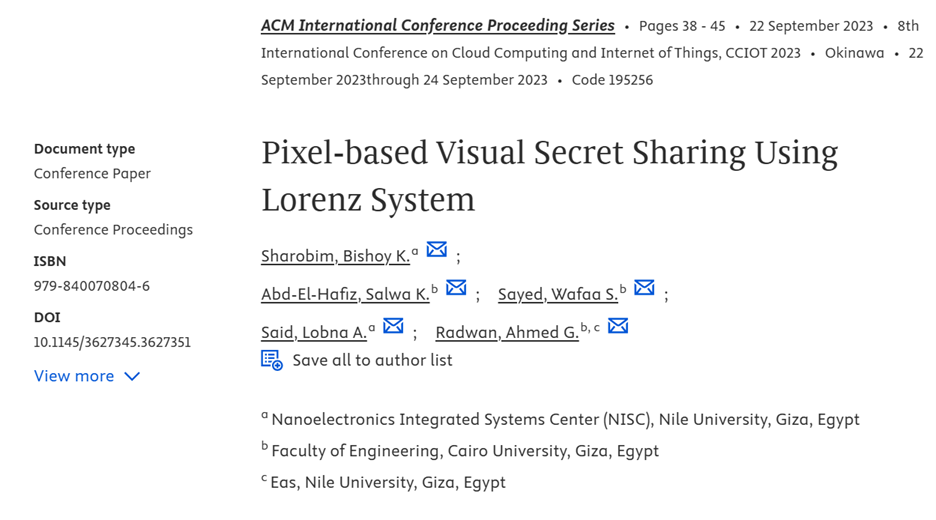
(n, n)-Visual Secret Sharing (VSS) allows a user to send an image in the form of shares to different participants. Every share can not reveal the secret alone, and only all shares together can reveal the secret with fast recovery. This paper proposes a pixel-based (n, n)-VSS system, where to share a pixel from the secret image, (n - 1) random pixels are generated from the Lorenz chaotic system for a varying set of (n - 1) shares. Then, the nth pixel is calculated for a random share using the secret pixel and the generated (n - 1) random pixels. The system is efficient, lossless, implemented
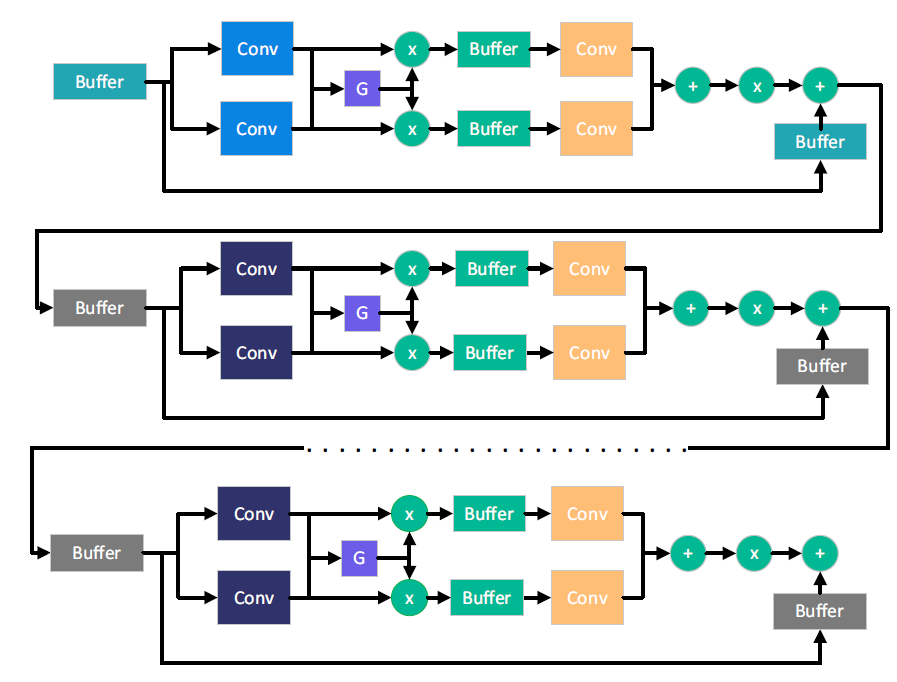
Anisotropic diffusion is one of the most effective methods used in image processing. It can be used to eliminate the small textures of an image while preserving its significant edges. In this paper, a new anisotropic diffusion filter is proposed based on a fractional calculus kernel rather than integer kernel to improve the overall performance of the filter. Integer and fractional anisotropic filters are implemented using the Genesys-2 FPGA kit to utilize the efficiency of parallelism in FPGAs. Integer and fractional anisotropic filters are tested against the achievable PSNR value vs the
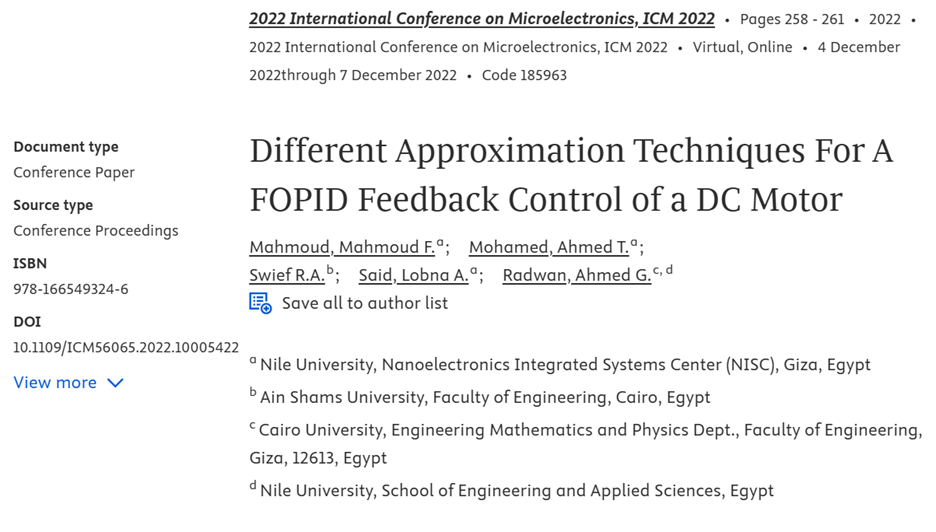
DC motors are commonly employed in many industrial applications due to their various advantages. This study aims to compare the response of the Oustaloup-Recursive-Approximation (ORA) and El-Khazali's approximation method in controlling a DC motor with a FOPID controller. The two employed methods are used to design the FOPID and approximate. For various fractional orders, many behaviours are presented. A simulation comparison between these methods is performed regarding overshoot, settling time and rise time. © 2022 IEEE.
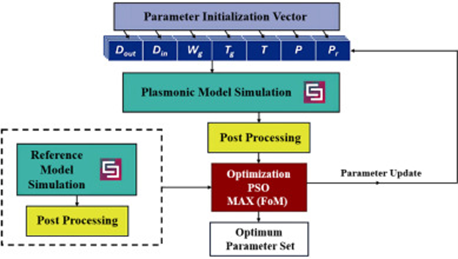
Plasmonic photovoltaics integrate nanoparticles into the active layer to enhance power absorption. However a gap exists between simulated and experimental IV characteristics. Fabrication studies have attributed the issues to fabrication resolution, and recombination with no detailed step-by-step characterization. To address this issue, the paper presents a comprehensive optical and electrical study of a new plasmonic crescent nanoparticle (CNP). These particles serve as a near-field confinement source to enhance the efficiency of perovskite TiO2-MAPbI3-Spiro solar cells. The proposed design
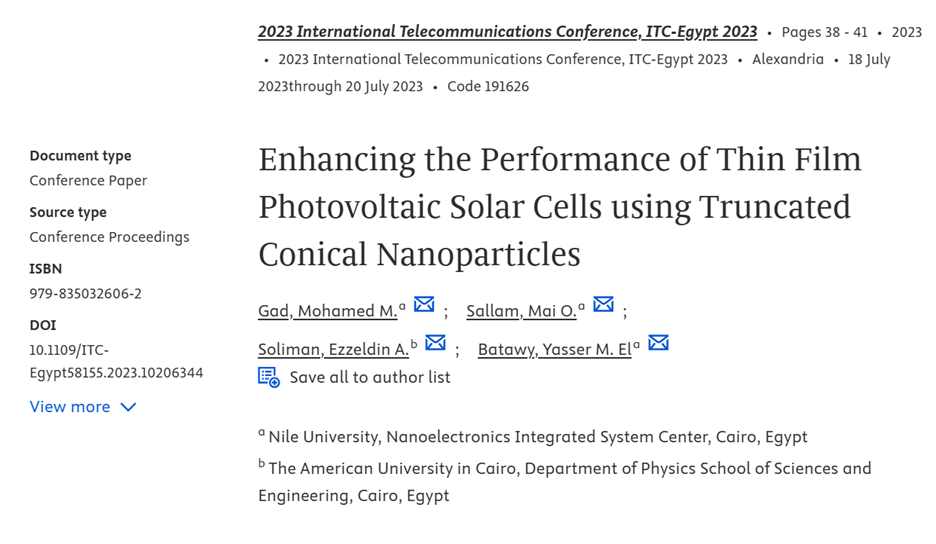
Plasmonic photovoltaics are considered as promising photovoltaic candidate with enhanced optical absorption and quantum efficiency by embedding metallic nanoparticles in the photovoltaic active layer. In this paper, the efficiency enhancement of ultra-thin film solar cells with embedded truncated cone nanoparticles is studied. First, the natural electric field modes of the truncated cone in free-space are examined when excited by a plane wave. Parametric study is then performed to investigate the effects of the geometrical parameters of the structure on its resonant modes. Second, a uniform
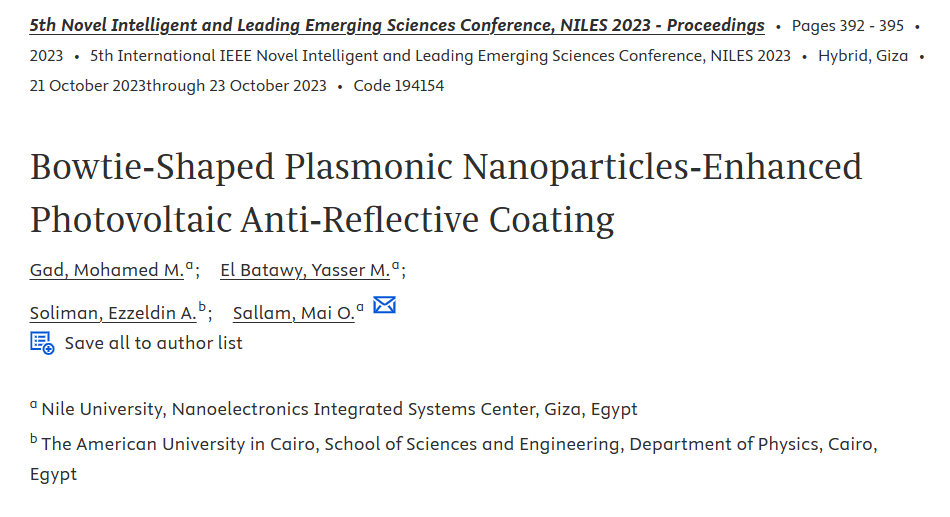
Light trapping is a promising technique that enhances sunlight absorption by solar cells. This paper presents a study of bow-tie-shaped nanoparticles embedded in the antireflection coating of photovoltaic solar cells, which enhances the optical transmission of the photovoltaic surface. Therefore, the optical path length for light penetration is increased through the semiconductor active layer. First, the fundamental electric field modes of a single nanoscaled bow-tie are examined under excitation of plane waves with different polarizations. Second, an array of bow-tie-shaped nanoparticles is
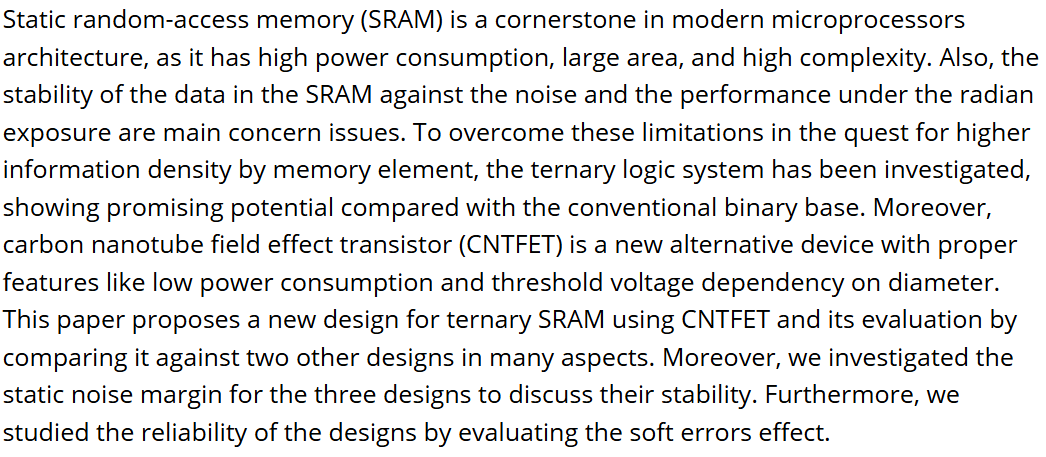
Static random-access memory (SRAM) is a cornerstone in modern microprocessors architecture, as it has high power consumption, large area, and high complexity. Also, the stability of the data in the SRAM against the noise and the performance under the radian exposure are main concern issues. To overcome these limitations in the quest for higher information density by memory element, the ternary logic system has been investigated, showing promising potential compared with the conventional binary base. Moreover, carbon nanotube field effect transistor (CNTFET) is a new alternative device with
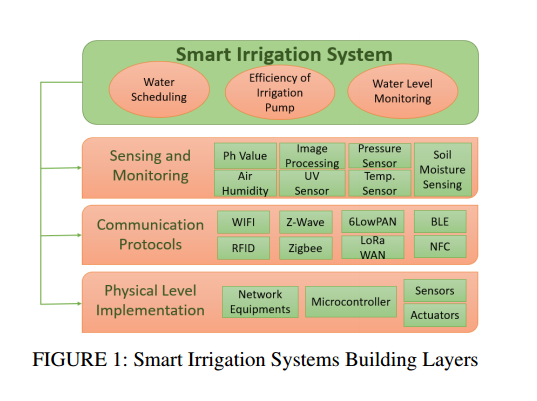
Countries are collaborating to make agriculture more efficient by combining new technologies to improve its procedure. Improving irrigation efficiency in agriculture is thus critical for the survival of sustainable agricultural production. Smart irrigation methods can enhance irrigation efficiency, specially with the introduction of wireless communication systems, monitoring devices, and enhanced control techniques for efficient irrigation scheduling. The study compared on a wide range of study subjects to investigate scientific approaches for smart irrigation. As a result, this project
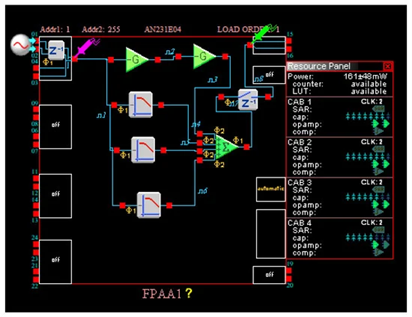
The frequency response of the fractional-order power-law filter can be approximated by different techniques, which eventually affect the expected performance. Fractional-order control systems introduce many benefits for applications like compensators to achieve robust frequency and additional degrees of freedom in the tuning process. This paper is a comparative study of five of these approximation techniques. The comparison focuses on their magnitude error, phase error, and implementation complexity. The techniques under study are the Carlson, continued fraction expansion (CFE), Padé, Charef
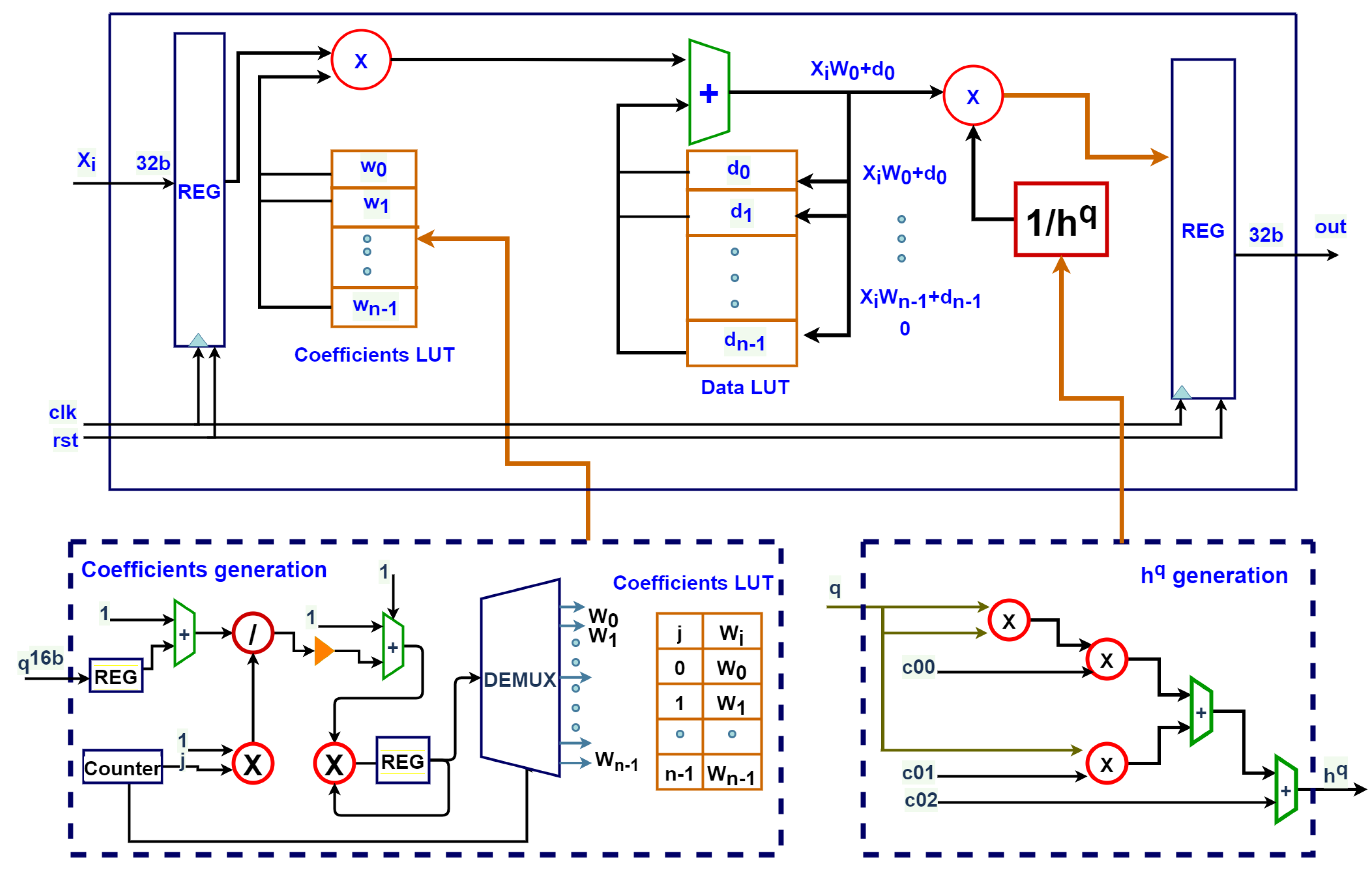
This paper proposes a generic FPGA realization of an IP core for fractional-order integration and differentiation based on the Grünwald–Letnikov approximation. All fractional-order dependent terms are approximated to simpler relations using curve fitting to enable an efficient hardware realization. Compared to previous works, the proposed design introduces enhancements in the fractional-order range covering both integration and differentiation. An error analysis between software and hardware results is presented for sine, triangle and sawtooth signals. The proposed generic design is realized